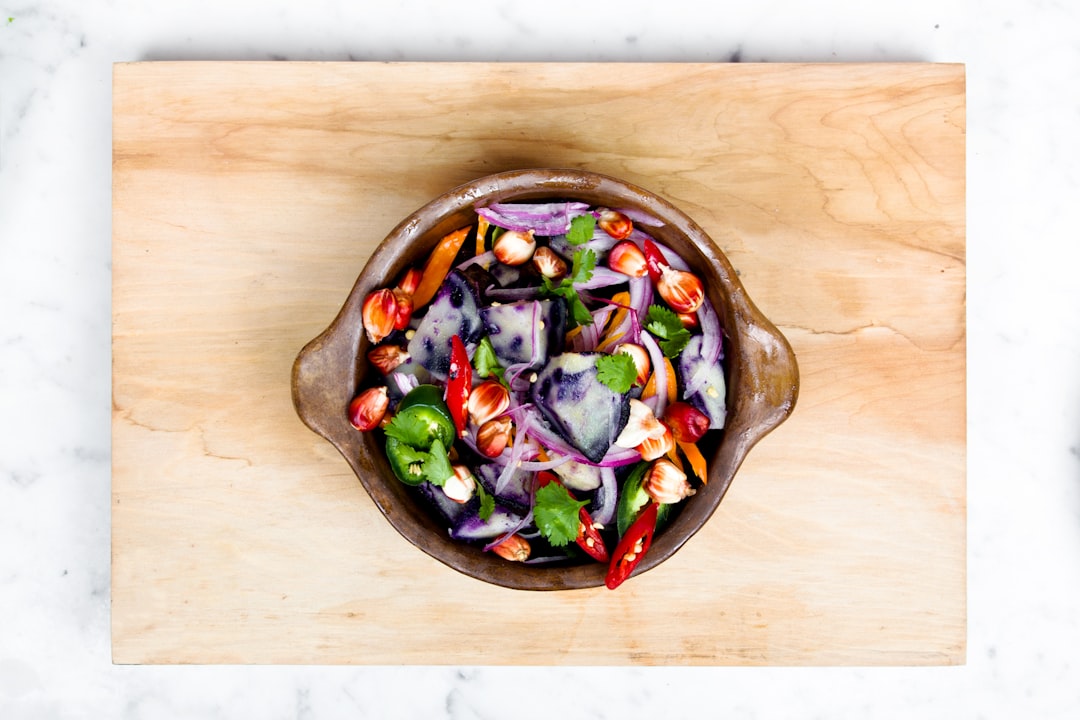From urban balconies to rural backyards, people around the world are rediscovering the joys and benefits of growing their own food and flowers. Whether you're inspired by the flavor of homegrown tomatoes, the beauty of blooming marigolds, or the desire to live more sustainably, gardening connects you to the Earth in a deeply personal and rewarding way.
And the best part? You don’t need acres of land or years of experience to get started. With the right knowledge, tools, and mindset, anyone, anywhere can become a successful global gardener.
Here’s your starter kit—packed with essential tips to help you grow a flourishing garden, no matter your climate, culture, or corner of the world.
1. Start With What You Love
A good garden begins with intention. Ask yourself:
-
What do I want to grow—vegetables, herbs, flowers, or all three?
-
Am I more excited about fresh food, floral beauty, or both?
-
Do I want to garden for relaxation, self-reliance, pollinator support, or aesthetics?
Growing what you love will keep you motivated, especially when you're learning the ropes.
2. Know Your Climate and Zone
One of the most important steps is understanding your growing conditions:
-
What climate zone do you live in?
-
When is your last frost date in spring and first frost in fall?
-
How much sunlight does your space get?
Use this info to choose plants that thrive in your region. A tomato that grows well in Southern Italy may struggle in coastal Scotland, but kale or peas might flourish there.
🌍 Tip: Look up your USDA Hardiness Zone (U.S.), RHS zone (UK), or consult local gardening communities for the best regional advice.
3. Choose the Right Location
Whether you're working with a backyard, patio, or sunny windowsill, observe your space:
-
Does it get at least 6 hours of sun daily (ideal for most edibles)?
-
Is there access to water?
-
Is the soil healthy, or will you need raised beds or containers?
Even the smallest spaces can grow abundance—vertical gardens, containers, window boxes, and grow bags make it possible to garden anywhere.
4. Start Small, Grow with Confidence
Avoid the temptation to plant everything all at once. Instead:
-
Start with a few easy plants, like lettuce, cherry tomatoes, basil, zinnias, or marigolds.
-
Use seedlings (starts) for quicker results, or start seeds indoors if you're feeling adventurous.
-
Learn as you go—your garden will teach you.
Small victories (like your first ripe strawberry) will boost your confidence and knowledge.
5. Healthy Soil = Healthy Plants
Soil is the foundation of every garden. If you're planting in the ground:
-
Test your soil or observe how water drains and how plants grow.
-
Add compost or organic matter to enrich it.
-
Mulch to retain moisture and suppress weeds.
For containers, choose a quality potting mix—not regular garden soil—and refresh it each season.
🌱 Composting tip: Even a small compost bin or worm farm can turn kitchen scraps into nutrient-rich soil food.
6. Water Wisely
Consistent watering is key to a thriving garden:
-
Water deeply and less often to encourage deep roots.
-
Early morning is ideal—less evaporation and disease risk.
-
Use mulch, drip systems, or watering spikes to retain moisture.
Container gardens may need more frequent watering, especially in hot weather.
7. Think Globally, Plant Locally
Celebrate diversity in your garden by incorporating:
-
Heritage and heirloom varieties from your culture
-
Native plants that support local pollinators and wildlife
-
Global crops that thrive in your area—like amaranth, okra, or chiles
Gardening is a living expression of cultural heritage and ecological stewardship.
8. Grow for Pollinators and Purpose
Planting flowers isn’t just for looks—pollinators need you! Include blooms like:
-
Sunflowers
-
Lavender
-
Nasturtiums
-
Calendula
-
Coneflowers
These attract bees, butterflies, and beneficial insects that support food crops and biodiversity.
9. Harvest, Share, Repeat
When your plants begin to produce, harvest regularly and generously. Share with neighbors, preserve your bounty, and savor every bite or bloom.
Many gardeners find joy in giving away homegrown bouquets or baskets of vegetables—gardening can build community as much as it builds soil.
10. Keep Learning and Keep Growing
No one masters gardening overnight. Expect a few surprises, setbacks, and lessons. Keep a garden journal, follow the seasons, and enjoy the rhythm.
Resources to grow with:
-
Local gardening clubs or seed swaps
-
Online gardening forums and YouTube channels
-
Books like The Garden Primer, Braiding Sweetgrass, or How to Grow More Vegetables
Final Thoughts: A Global Garden, One Plot at a Time
Gardening is a universal act—an ancient tradition and a modern joy. No matter where you live or what you grow, every seed planted is a gesture of hope, nourishment, and connection to the Earth.
So gather your tools, choose your seeds, and step into your garden space with curiosity. The world needs more gardeners—and your garden story is just beginning.

Comments
No comments yet. Be the first to comment!
You must be logged in to comment. Login